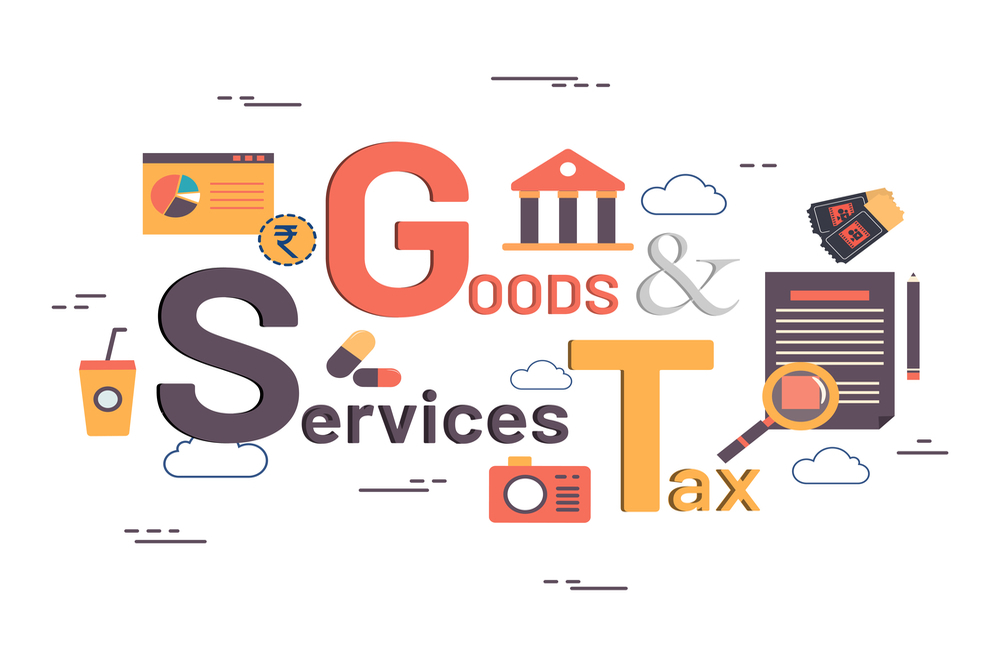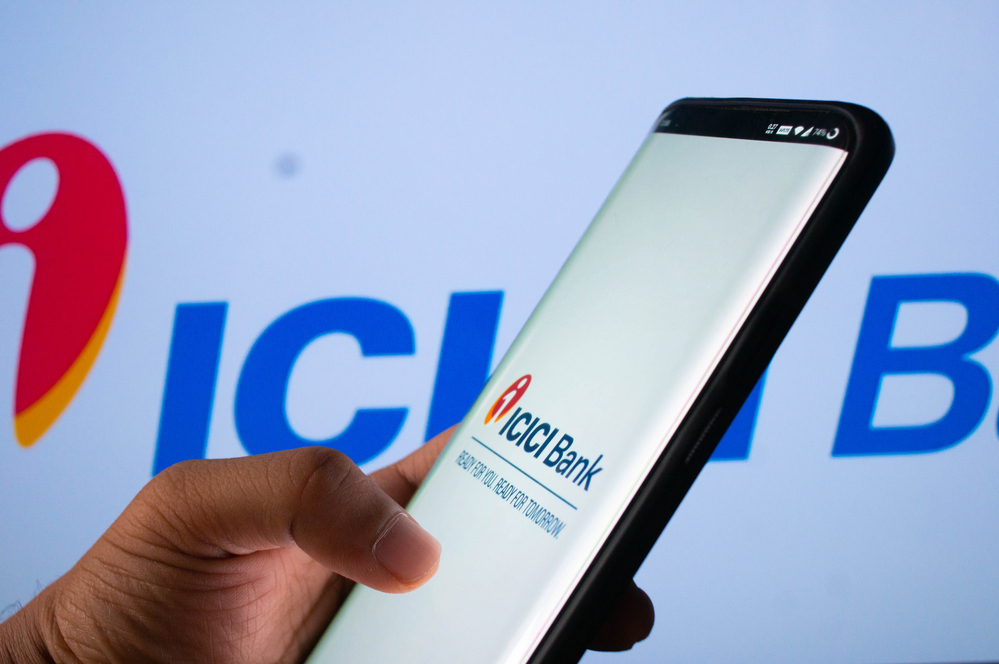Impact of Real-Time Invoicing Under the New GST Return System
We enlist a couple of ways taxpayers can try to enforce vendor compliance

The new return system under GST has introduced several concepts, one of them being the mechanism to upload invoices in real-time. With this feature, suppliers will no longer have to wait until the end of the month to submit invoices to the GSTN. Likewise, a recipient of supplies can keep track of input tax credit that can be claimed, almost instantly, once a transaction has taken place. This is, of course, subject to vendors uploading their invoices on time.
One of the biggest advantages of this new system is the real-time availability of input tax credit, the avoidance of fraud as only genuine credit can be claimed hereafter, and sufficient time available to raise and resolve queries, as taxpayers do not need to wait until the end of the tax period to reconcile their input tax credit.
In addition to the above, the concept of real-time invoice upload has given rise to a system of E-invoicing, which is proposed to be implemented in the near future. This system will entail the generation of invoices via a computer language, which satisfies certain criteria, thereby ensuring transparency and preventing fraud. There are several countries who have already enlisted the use of globally accepted software, to devise a process that simplifies invoice management and aids standardisation.
While this new system sounds simple, easy, transparent and advanced, how practical will implementation be for taxpayers under GST in India? Especially since input tax credit can now only be claimed on those invoices uploaded on the GST portal by the respective suppliers, with a very small margin for provisional credit. In order that this new system is executed seamlessly, it is vital that certain good practices be implemented in every business right from the very beginning. For example, we enlist a couple of ways taxpayers can try to enforce vendor compliance before this new system comes into play-
-
A Good Tracking Tool - Introducing a good tracking tool in a business would lead to less workforce being used, which would prove to be more cost-effective in the long run. This tool can be designed to keep track of every invoice generated or received right up to input tax credit being claimed, with mismatches being identified along the way, if any. A follow-up mechanism can be inbuilt into the tracking tool. In addition, this can help prevent the chances of human error.
-
Constant Vendor Communication - This is crucial for every business, and even more so when it directly affects cash flows due to a delay on the part of the vendor in uploading invoices. The purchase team in an organisation should make sure that constant reminders are sent to the vendors to stay complaint, followed by strict warnings in case of non-compliance.
While the above could be two ways of ensuring vendor compliance, there are certain other concerns that taxpayers have expressed discontent over. Some of them being-
-
The cumbersome process involved - The option to upload invoices in real-time is beneficial to large companies but could be a disadvantage to smaller businesses, as it would necessitate additional expenditure and compliance.
-
The dependance on the vendor for claiming input tax credit - The claiming of input tax credit will be a bit of a struggle initially until this new system gets established, as buyers will now be dependent on their sellers to upload invoices. This could lead to a major working capital crunch for several taxpayers.
-
The boycott of small vendors - Similar to the previous issue of claiming input credit, now large corporates could face another concern with regard to a time-lag, where their vendors opt for the quarterly filing of returns. This could result in the boycott of small vendors, or in other words, taxpayers who opt to file their returns quarterly.
-
The continuous reconciliation process - Previously, reconciliations used to be carried out only at the end of a tax period, be it monthly or yearly. Now, every taxpayer will have to constantly reconcile his books of accounts, and this could prove to be a very cumbersome and time-consuming process.
These issues listed above are only teething trouble, which will phase out in no time once the benefits of this new system start to outweigh its drawbacks. Either way, taxpayers always have options they can enforce as a last resort such as withholding vendor payments or dissociating from suppliers who do not toe the line. Both these alternatives are not ideal solutions, but would certainly lead to a more compliant and less corrupt economy, if frequent defaulters are strictly dealt with by the persons associating with them.
Hence, if managed appropriately, this new system could prove to be beneficial for large and small taxpayers alike, and would eventually hope to reduce tax-related fraud in India.
The author is the Founder and CEO, ClearTax








